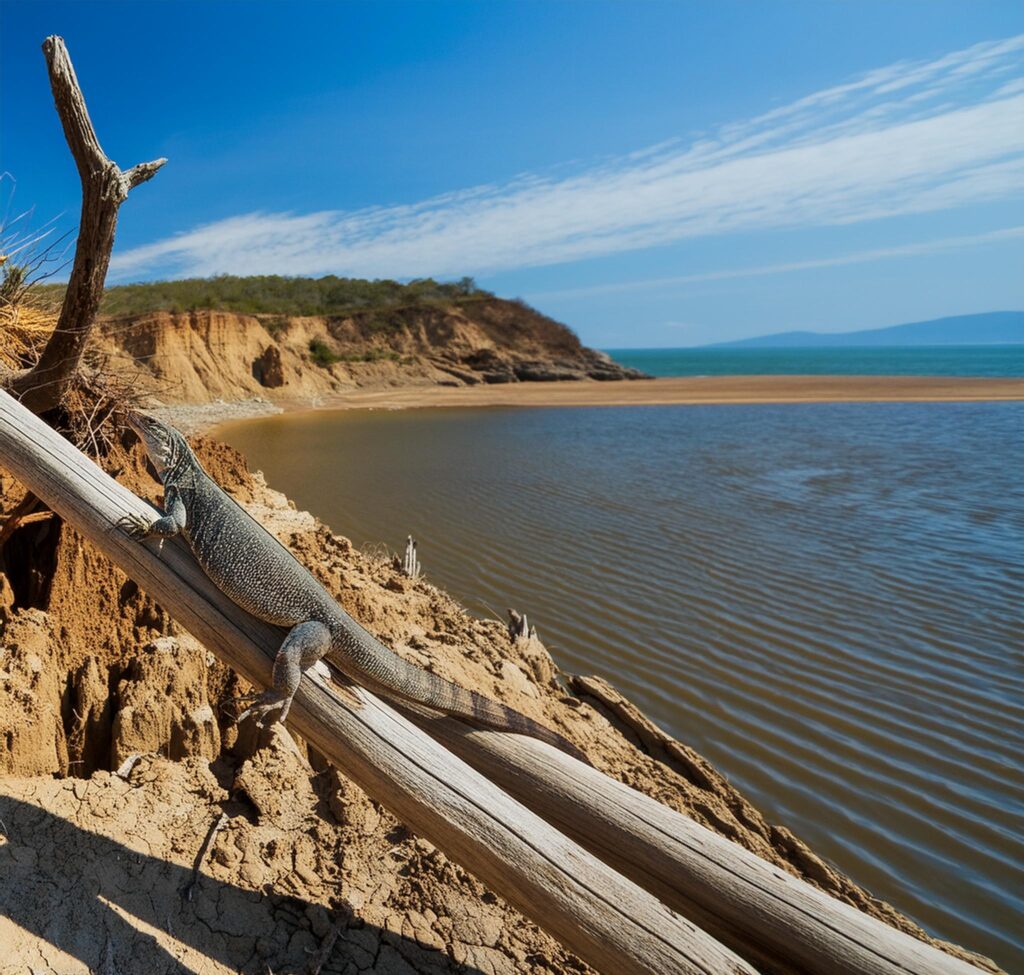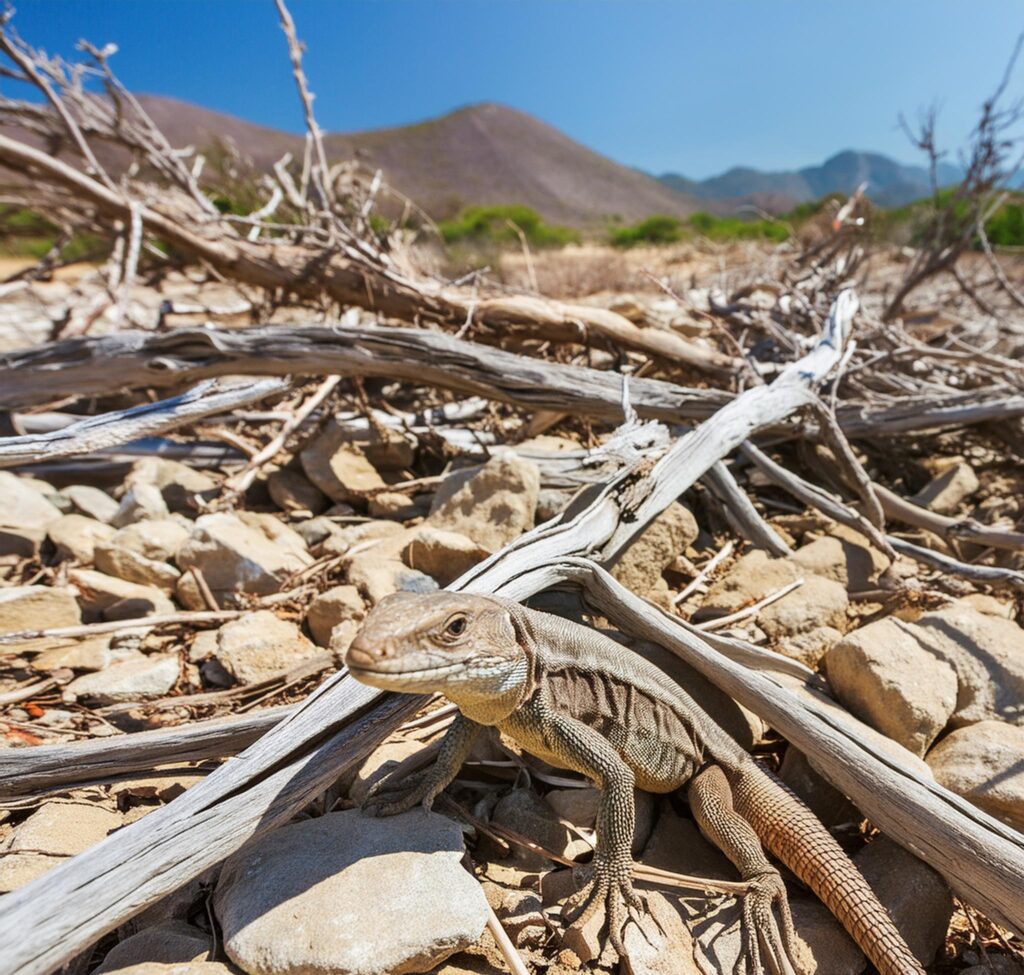The Role of Invasive Species in Reptile Habitat Degradation!

Invasive species are a global environmental challenge, often causing significant disruptions in ecosystems and biodiversity. Among the myriad of ecological impacts, the degradation of reptile habitats stands out as a critical concern. Reptiles, being ectothermic and highly dependent on their specific habitats for survival, are particularly vulnerable to changes brought about by invasive species. This article explores the profound role of invasive species in degrading reptile habitats, highlighting the mechanisms of impact and potential strategies for mitigation.
Mechanisms of Habitat Degradation
1. Competition for Resources
Invasive species often outcompete native reptiles for essential resources such as food, water, and shelter. For instance, in the southwestern United States, the introduction of the invasive Argentine ant (Linepithema humile) has led to the decline of native ant species, which are a primary food source for the horned lizard (Phrynosoma spp.). The reduction in food availability directly affects the survival and reproduction of these native reptiles.
2. Predation Pressure
Invasive predators can significantly reduce reptile populations by preying on them. The brown tree snake (Boiga irregularis) in Guam is a notorious example. Introduced in the mid-20th century, this snake has decimated native bird populations and poses a severe threat to native lizards and other small reptiles. Such predation pressure can lead to the local extinction of vulnerable reptile species.
3. Habitat Modification
Invasive plant species often alter the structure and composition of habitats, making them unsuitable for native reptiles. For example, the spread of buffelgrass (Pennisetum ciliare) in the Sonoran Desert has increased fire frequency and intensity, leading to the destruction of habitats crucial for the desert tortoise (Gopherus agassizii). These habitat changes can disrupt the microclimates and shelter availability that reptiles rely on.
Case Studies
Florida’s Everglades and the Burmese Python
The Burmese python (Python bivittatus), native to Southeast Asia, has established a significant population in the Florida Everglades. This invasive predator preys on a variety of native wildlife, including reptiles such as the American alligator (Alligator mississippiensis) and various turtle species. The presence of the Burmese python has led to a noticeable decline in these native reptile populations, disrupting the ecological balance of the Everglades.
Australian Ecosystems and Cane Toads
The introduction of the cane toad (Rhinella marina) to Australia has had devastating effects on native reptile species. Cane toads produce toxins that are lethal to many predators, including native snakes and lizards. The decline in these predators leads to an imbalance in the ecosystem, further affecting the prey species they would typically control. Moreover, the cane toad itself competes with native amphibians and reptiles for food and habitat.
Mitigation Strategies
Prevention and Early Detection
Preventing the introduction of invasive species is the most effective strategy. This involves stringent biosecurity measures at borders, public education campaigns to raise awareness about the risks of invasive species, and early detection systems to identify and respond to new invasions swiftly.
Control and Eradication
Once established, managing invasive species requires a combination of methods tailored to the specific invader and environment. Mechanical removal, chemical treatments, and biological control (using natural predators or diseases) are common approaches. For example, targeted efforts to remove invasive plants like buffelgrass can help restore native habitats and reduce fire risks.
Habitat Restoration
Restoring degraded habitats is crucial for the recovery of native reptile populations. This can include replanting native vegetation, rehabilitating soil, and ensuring the availability of natural water sources. Restoration projects must be designed with an understanding of the specific habitat requirements of the native reptiles to be effective.
Conclusion
Invasive species play a significant role in the degradation of reptile habitats, leading to competition for resources, increased predation pressure, and habitat modification. The consequences of these impacts are profound, often resulting in the decline or extinction of native reptile species. Addressing this issue requires a comprehensive approach that includes prevention, control, and habitat restoration. By implementing these strategies, we can mitigate the effects of invasive species and work towards preserving the rich biodiversity of our reptile populations. The health of our ecosystems depends on proactive and sustained efforts to combat the threat of invasive species.
Must Read: Uncovering the Astonishing Effects of Human Activity on Desert Reptiles


What do you think?
Show comments / Leave a comment